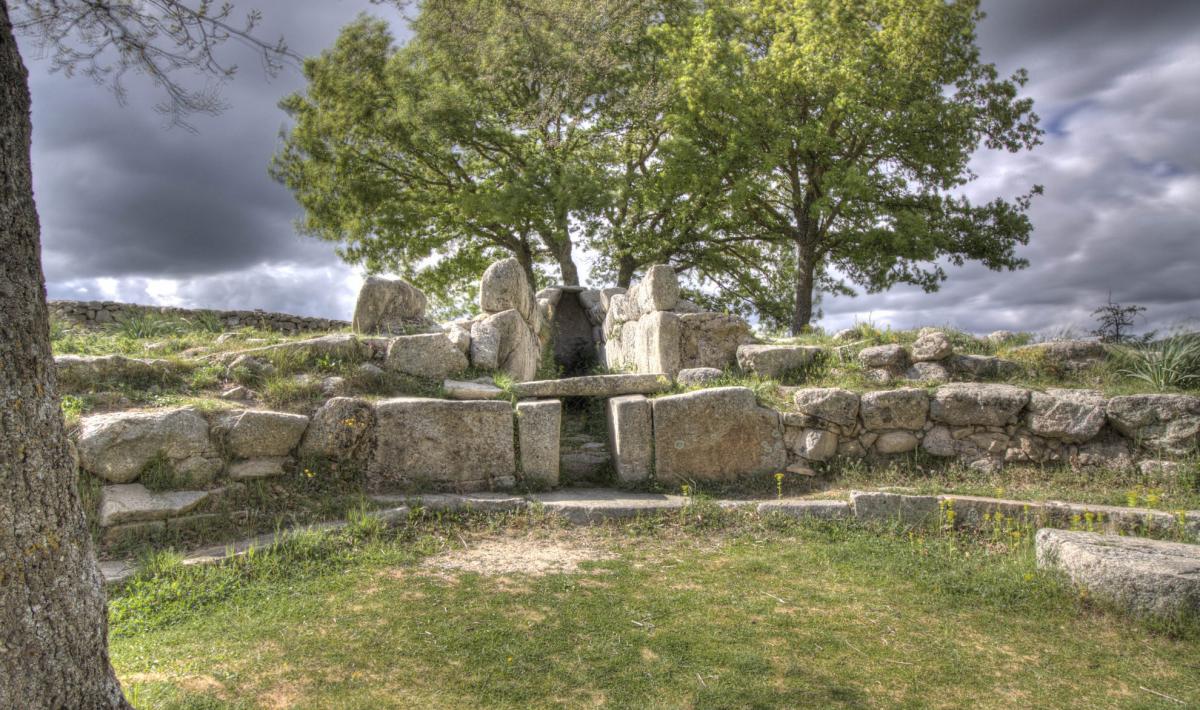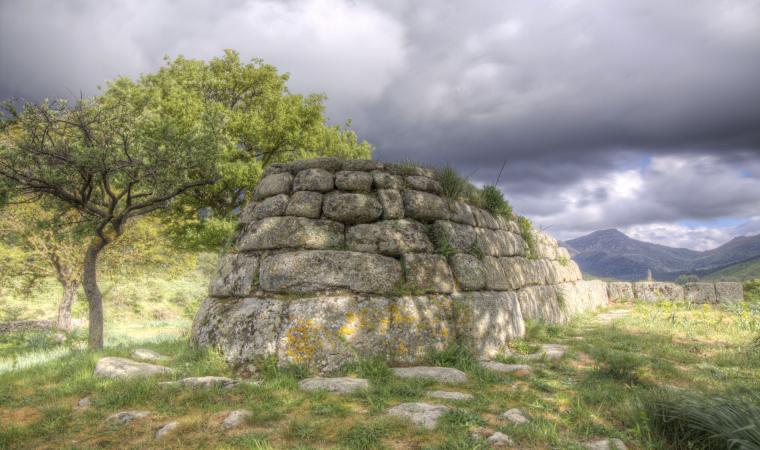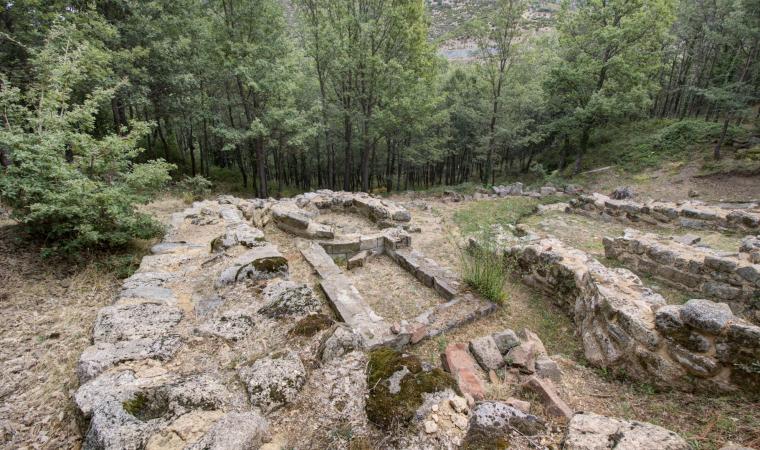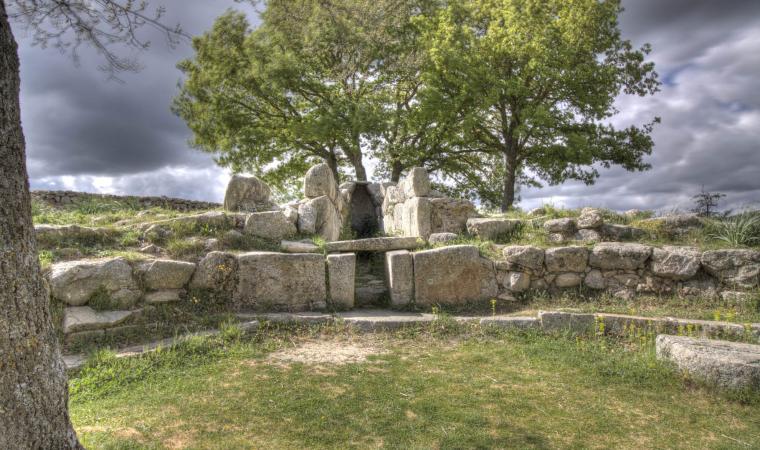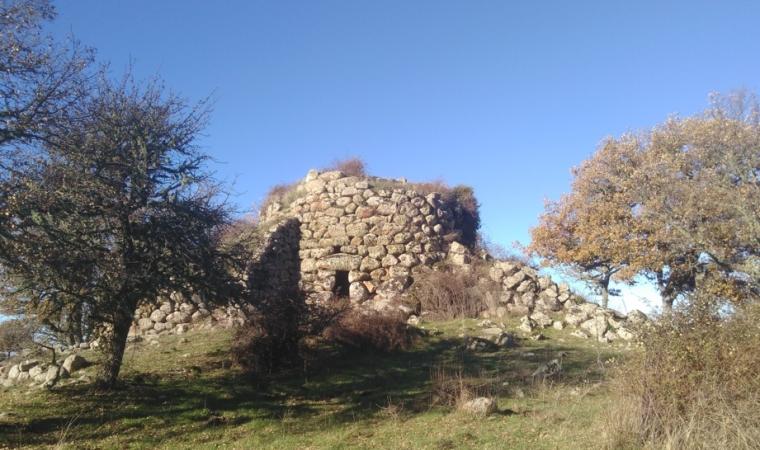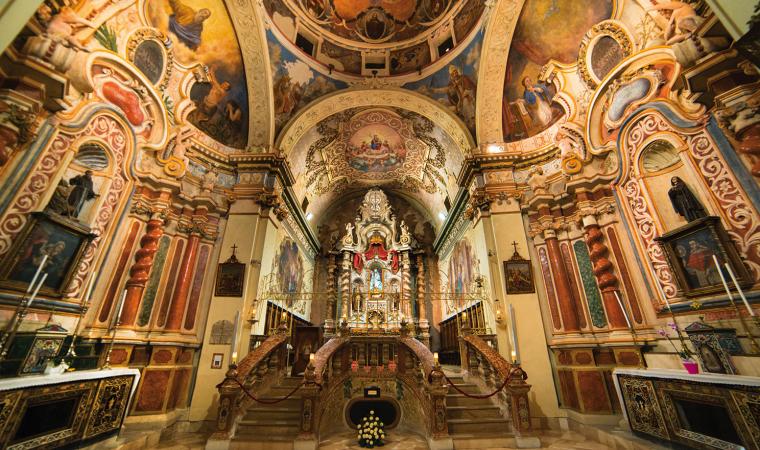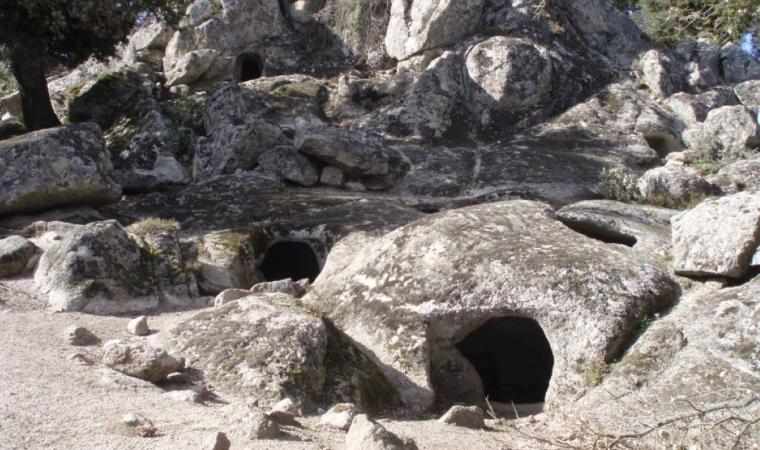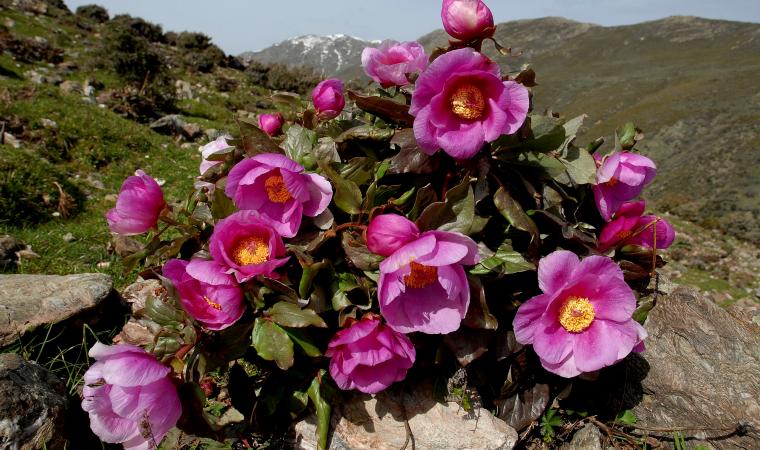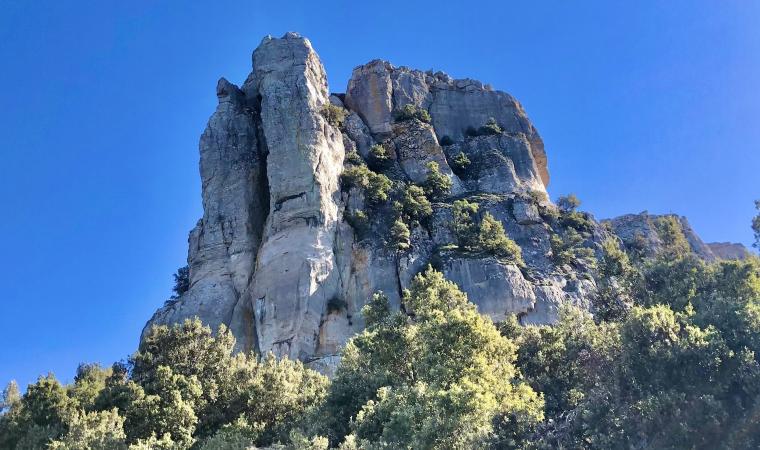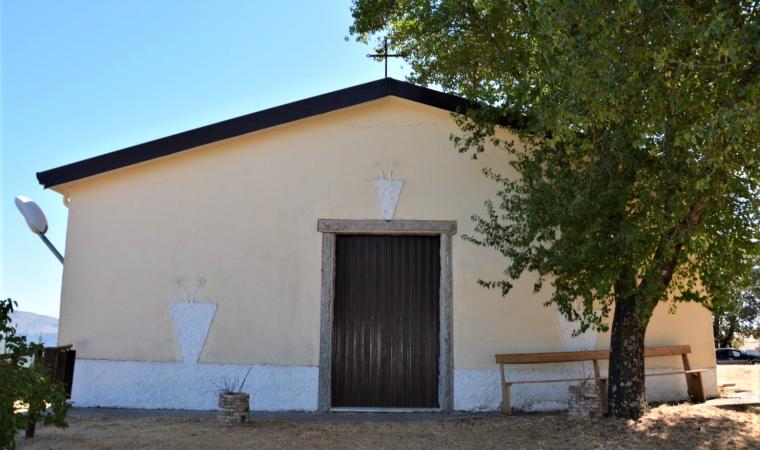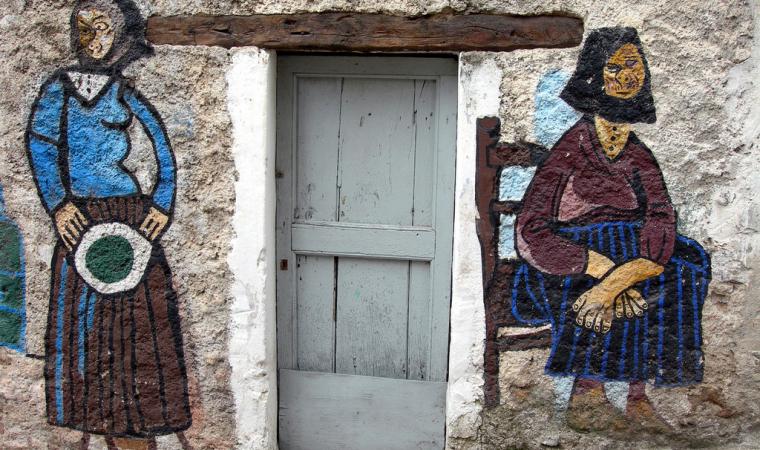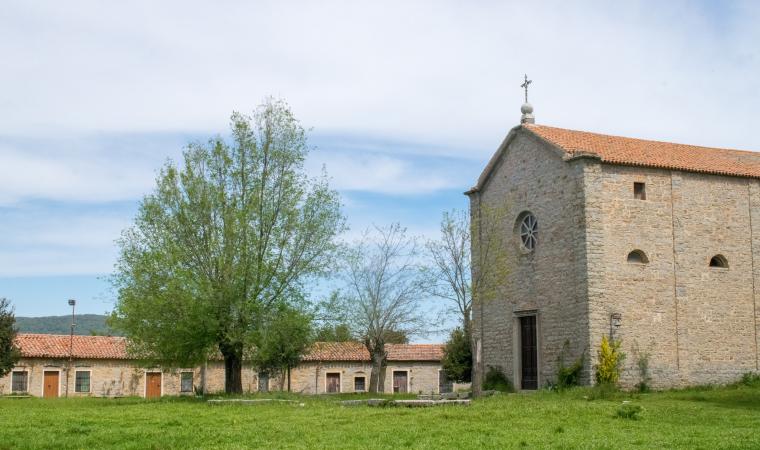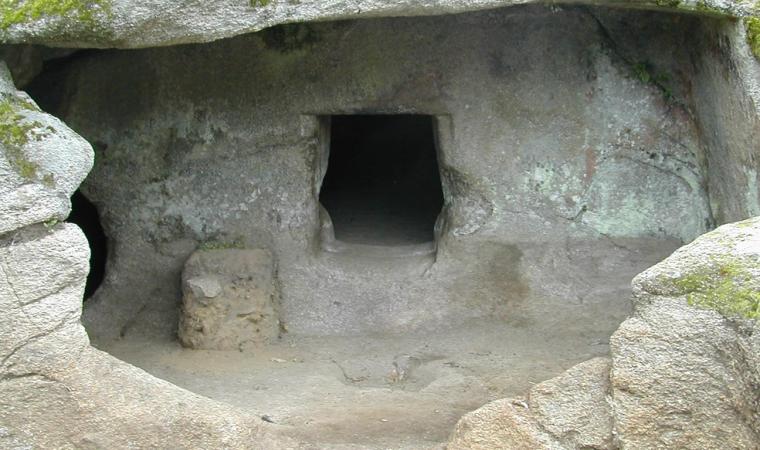Near the hamlet of Pratobello, about 15 kilometres from Fonni, the ‘highest’ village of the island, a Nuragic necropolis with four similar Tombs of Giants arises, standing on a plateau in the midst of the splendid Riu Madau valley, at the foot of the Corr’e Boi passage, so-called because it looks like the head of a gigantic bull. The tombs, dating back to the early or late Bronze Age and perhaps connected to the nearby Nuragic village of Gremanu, are structured around an amphitheatre and face the rising sun. Two of them are well-preserved, having been excavated and studied between 1982 and 1986 by the ‘father’ of Sardinian archaeologists, Giovanni Lilliu.
After crossing a trail at the entrance of the archaeological area, one comes across the first and oldest tomb on the right. It looks like a sarcophagus made of large granite slabs set into the ground, delimiting the burial chamber. On the slabs magical-religious motifs and cups can be seen in the depictions. One is the Stela di Madau, which presents symbols connected to the cycles of Nature or, perhaps, to the constellation of the Pleiades. The next tomb is the most monumental. Having a 22-metre long funeral chamber and a wide exedra (24 metres around), its benches-seats (for votive offerings) delimit the space for funeral ceremonies. Relatives of the dead would have gathered around the still-visible hearth in this sacred place. At the centre of the exedra is an architraved entry door on which, perhaps, was the toothed frieze formed by two horizontally overlapping blocks, now lying on the ground. Accessed from the entrance is the funeral chamber, almost completely intact and made of perfectly-squared and horizontally-arranged stone blocks. The roof was created in ogive, with the flooring being part of an older tomb. The third tomb, alongside and similar to the previous one, is characterised by a large exedra that extends its arms until enclosing a large circular area. The entrance to the funeral chamber opens at the centre. Like the previous one, it was rebuilt on the remains of an older Dolmen tomb, as can be seen by the different masonry technique. The fourth tomb has not yet been explored. Interesting founds have been discovered in the necropolis, including Nuragic pottery, baetylus in trachyte, bronze bracelets and beads for glass-paste necklaces.

